
Developer: CAPCOM
Publisher: CAPCOM
Platform: Xbox One, PS4, PC (games sold seperately)
Tested on: Xbox One
Resident Evil: Origins Collection – Review
Resident Evil has always been one of CAPCOM’s showpieces, after the release of its first game in 1996 and even up to this day the franchise is still sailing fairly well. While many older fans may complain over the fact that the game went from survival horror to a more action packed genre, there is no more reason to feel left out now that two of the most iconic titles have been remade, namely the first Resident Evil and Resident Evil Zero (2002), to our current day standard, while leaving some of the original iconic gameplay that defined the series intact. Old fans and those who were still in diapers in 1996 or even 2002, prepare to put one back on for this trip down memory lane.
Story
Undoubtedly there will be those who would have loved to see Resident Evil 1 and 2 combined in this collection, rather than Zero, which is a title still unknown to many, but there’s a good reason CAPCOM chose to bundle these two games, rather than the aforementioned ones. You’ll be taken back to when the T-Virus was just getting spread by the Umbrella Corporation, mainly to test the strengths and flaws of the sickness. The T-Virus was not only turning the dead into mindless zombies, but it was also used as a mutagen in order to create modified super soldiers that could easily overthrow the conventional military services. To the outside world the virus might seem like an accident, it’s clear there is more going on behind the scenes.
While story value was rather slim, except for the entire ‘conspiracy’ feeling both games will surely grant you, the overall story proves to be very fulfilling. You’ll gets bits and pieces of information about what is actually going on thanks to conversations, documents you come across and small cutscenes in-between.
Graphics
It’s clear that CAPCOM has put a lot of effort in remaking these two old titles to suit our modern day standards. While the static environments in both games would have been the easiest to adjust to a crispier visual appearance, the developers did their best to provide the necessary updates to all of the characters models as well, be it the protagonists, side-characters or enemies.
You’ll be able to enjoy the amazingly detailed environments in both Resident Evil and Resident Evil Zero, as they’ll make you pause from time to time to take everything in. It’s clear right off the bat which items you’re able to interact with, and which items are part of the environment. Nonetheless, even after all these years, the subtle mix of styles as well as different color palettes still go hand in hand with each other. The characters themselves might not unlock the true potential of our current generation of consoles, but they will surely suit the great looking setting and have their own small details. That being said, the character models from the original Resident Evil seemingly have received better updates than those of Resident Evil Zero, as the latter appear to be a bit less detailed in the facial area. Perhaps it was easier to work with Zero’s old models, rather than having to start over from scratch.
A fun touch the developers kept intact are the original cinematics. Throughout both games you’ll get to see the original cinematics, which occurred after you passed certain key points in the game. It’s actually quite amusing to see the original blurry movie sequences of both titles and they don’t even look half that bad, given they are either twenty or fourteen years old. While it would have been nice to also have new and improved cutscenes, the originals make everything quite authentic.
Sound
Both installments have a soundtrack that is very much alike, where an eerie undertone can be heard throughout the game, which is always very subtly on the background. Nonetheless, when zombies or other monsters appear on the scene, the music will immediately shift into a higher gear, to set the proper mood. When the blood flows off the last monster onscreen, the music will soon change back to its subtle form.
There is still a decent amount of voice acting present in the games, and it proves to be qualitative for both titles. Sometimes it’s a bit noticeable that these games are a bit older, when looking at the smoothness of some of the dialogues, but overall everything proves to be rather enjoyable.
Gameplay
With the remake of Resident Evil and Resident Evil Zero, CAPCOM goes back to its roots, namely the survival horror genre. This means you’ll have to tread carefully through all the different areas, scavenge enough supplies and learn when you’d better avoid a fight, if you wish to see the light at the end of the tunnel. Keep in mind, games were a decent amount harder in the past, but difficulty options have been added to make these titles accessible for those who wish to have a more timid experience. Nonetheless, prepare yourself for rather difficult puzzles, compared to the puzzles that can be found in the newer Resident Evil games.
Even though both games are rather expansive, you’ll only be able to explore new little snippets of the area at a time, as you’ll have to solve many puzzles in order to unlock new areas. While the puzzles already prove to be very challenging, especially seeing many games were harder ‘back in the days’, you’ll also have to do a lot of backtracking, if you wish to make any progress. Whilst many of the puzzles might feel frustrating at times, you’ll have ample clues if you tend to look around properly or read through the documents you find during your voyage through all of the different zones.
Unlike the action games the Resident Evil franchise tends to spawn nowadays, things move a lot slower in these two titles. You will have to fight off a lot less zombies, but supplies are a lot more scarce, making it a lot more suspenseful, seeing using a knife on a zombie is not that effective. If you play on the normal difficulty, you’ll have to keep track of what you do, and if you’d better avoid certain fights to conserve ammo and/or other supplies.
Keeping supplies is sometimes rather difficult, as you have a very limited inventory space, but you’ll find storage space later on. Nonetheless, you’ll have to keep a certain amount of inventory space available (you only have six slots per character) as you will need to combine certain items to clear puzzles. Inventory management becomes a key element in these old school titles, but it can get a bit tedious at times, especially if you constantly have to run back and forth, because you weren’t able to pick up some items the first time around.
While the basic concept is the same for both titles, each have their quirks, advantages as well as disadvantages. It seems user comfort was something that was implemented the most in the first Resident Evil title, as your map will clearly indicate which rooms still have items you forgot to pick up by marking them red, while Resident Evil Zero will mark rooms green immediately after you have visited them. Nonetheless, Zero marks items you tried to pick up, but couldn’t. The old school ‘door’ animation was kept in both games, in order to appease to that retro feeling, but the developers made sure you could use staircases a lot more fluently in the first Resident Evil than in Zero. Having to go through the staircase scenes makes Zero a bit more tedious at times, but overall it would have been better to either give a chance to skip certain intermissions, rather than to be forced to keep going through them. Nonetheless, this was simply one of the things that actually made the series a very iconic one.
A fun mechanic that differs Zero from the original game is that you’ll have to play with two characters ‘at the same time’, while in Resident Evil you could simply make your selection at the beginning of the game and then you had to go with the flow. It surely alters the gameplay, as some puzzles will require your characters to work together, which means you’ll have to switch between them in order to reach your objectives.
The controls have been made more intuitive to suit our modern day standards, albeit while holding on to the roots of the original games. You’ll find the controls to be a mix between many action games now and the original resident evil controls, where you had to control everything with only one stick. This means the standing-still-while-shooting-mechanics are once again part of the franchise but just smoother. You’ll struggle less to aim at your character properly than you had when playing both titles when they originally hit the stores. Only one sad issue with both games is the fact that both of them have different control schemes, which makes things slightly annoying if you’re playing both games. You tend to mess up certain commands more than once if so.
Conclusion
If you are droopy because the new Resident Evil games aren’t your thing anymore, and you regret getting rid of your old collection of games, this remake of two iconic Resident Evil titles will surely be a very pleasant trip down memory lane. Of course those who still have the old games and simply want to play them with crisp graphics, intuitive controls and a few altered scenes will find this game an invaluable asset to their games library. Overall, if you like horror, survival and old school difficulty levels, this one is surely worth getting.
Resident Evil: Origins Collection - Review,3 Comments
Leave a Reply
You must be logged in to post a comment.

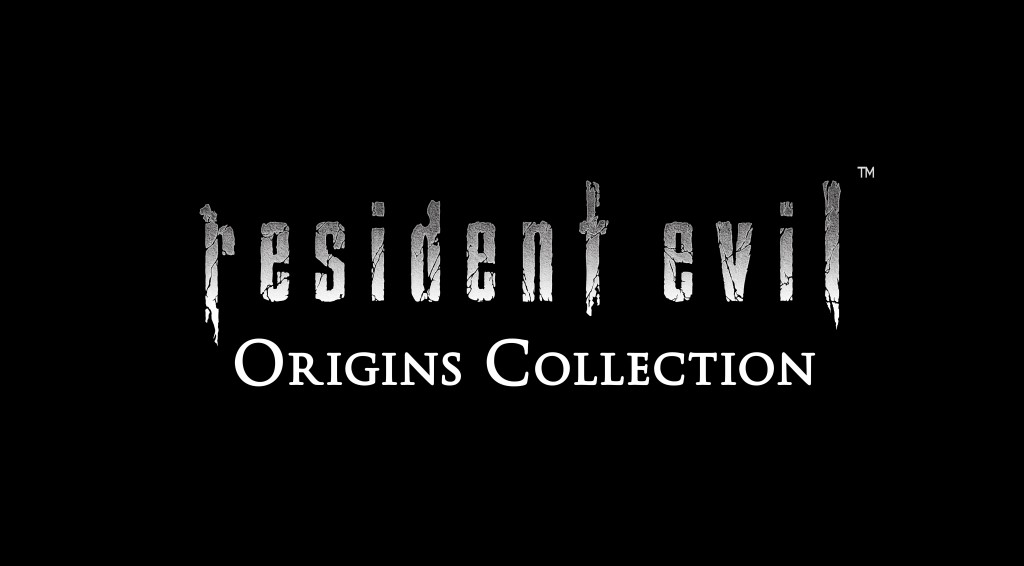
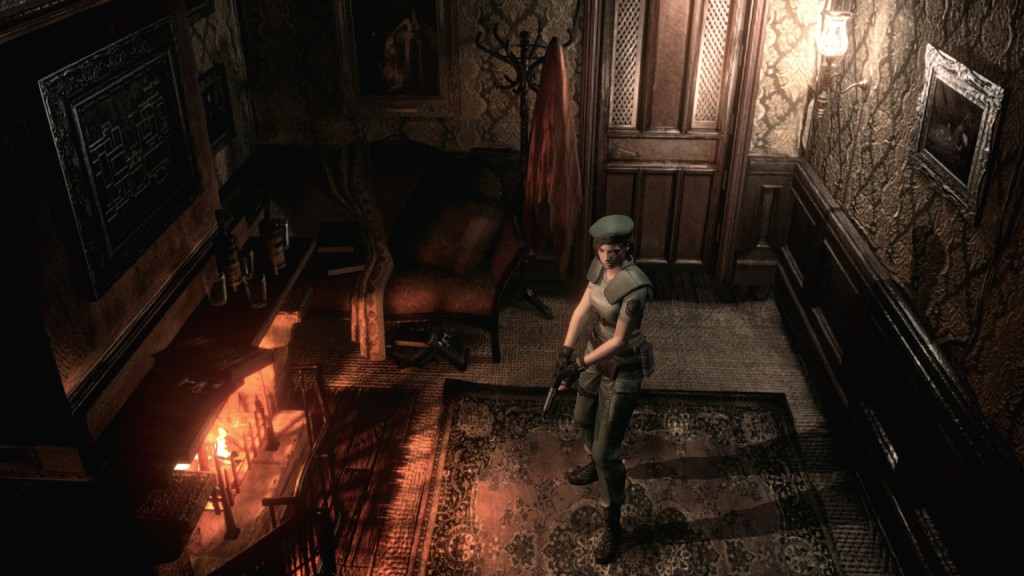
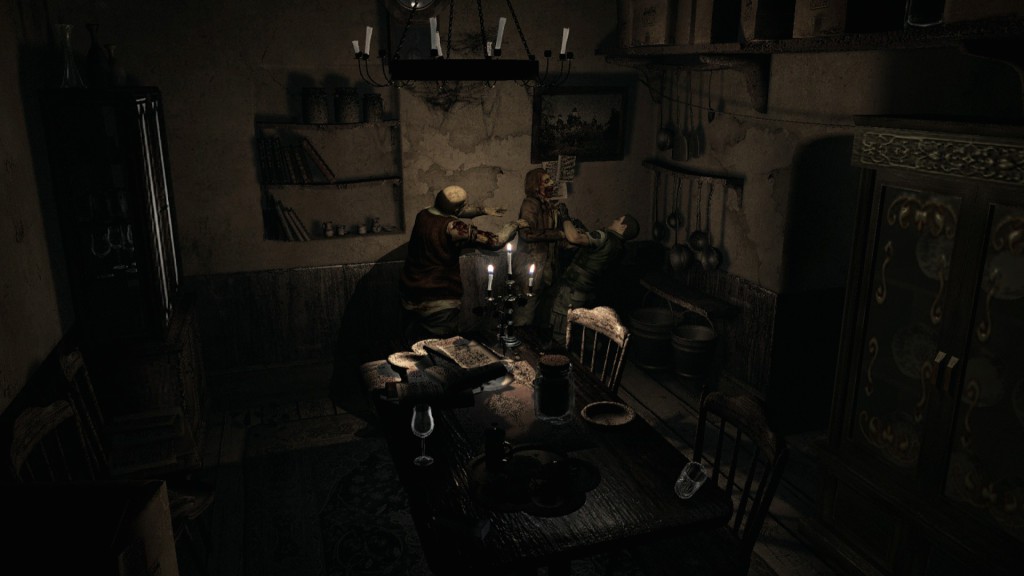
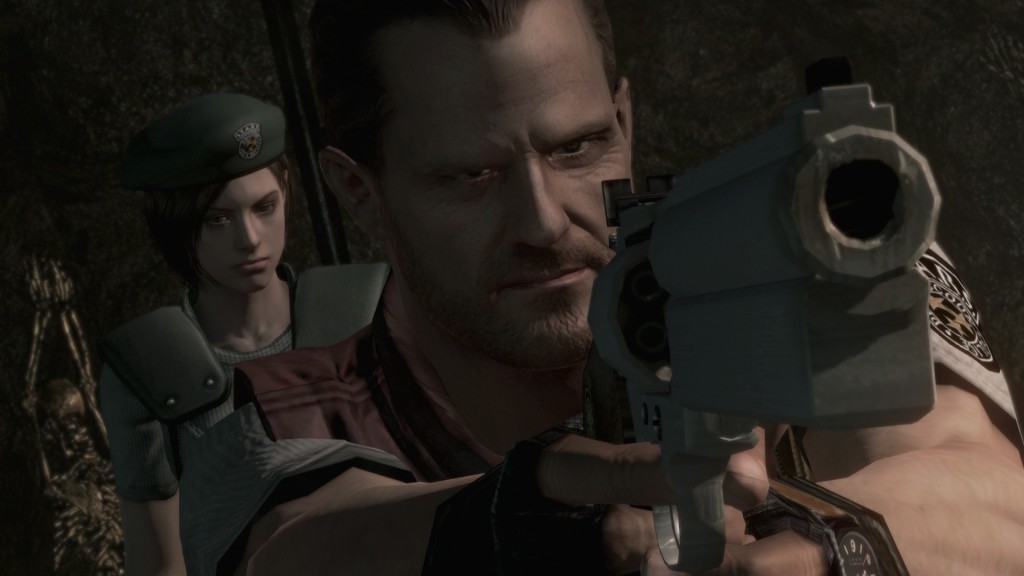
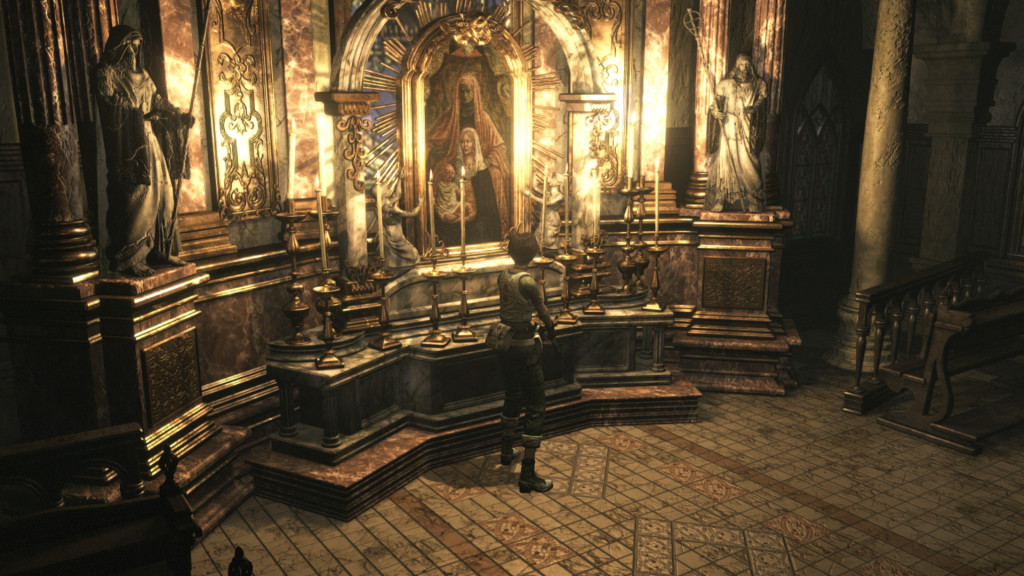
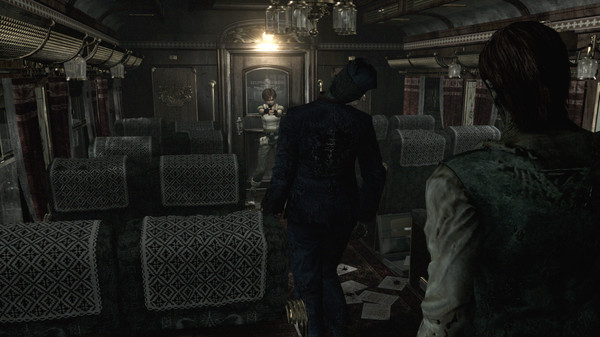




[…] scene that seems to have ambitious goals. Their first game is an obvious homage to the original Resident Evil and it combines survival horror with arcade shooting and a roguelike form of progression. While […]
[…] by solo developer Casper Croes and publisher Top Hat Studios, very much inspired by the original Resident Evil games and other late 90s horror titles. It was released for PC back in 2020, but it was recently […]
[…] have had their first encounter with the genre when trying to survive the mansion in the original Resident Evil or trying to get out of the city of Silent Hill. While the latter franchise only recently saw signs […]